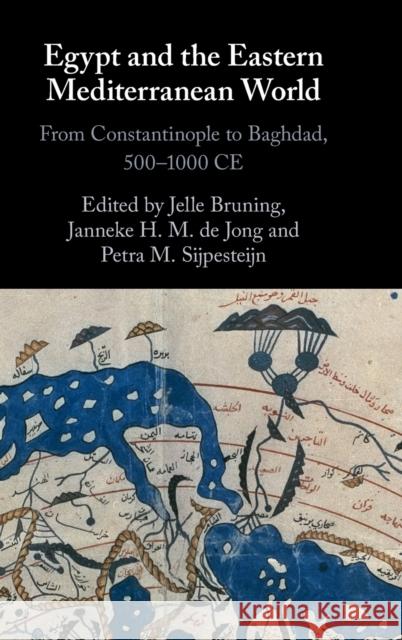Egypt and the Eastern Mediterranean World: From Constantinople to Baghdad, 500-1000 Ce » książka
topmenu
Egypt and the Eastern Mediterranean World: From Constantinople to Baghdad, 500-1000 Ce
ISBN-13: 9781009170017 / Angielski / Twarda / 2022
Egypt and the Eastern Mediterranean World: From Constantinople to Baghdad, 500-1000 Ce
ISBN-13: 9781009170017 / Angielski / Twarda / 2022
cena 439,79
(netto: 418,85 VAT: 5%)
Najniższa cena z 30 dni: 435,80
(netto: 418,85 VAT: 5%)
Najniższa cena z 30 dni: 435,80
Termin realizacji zamówienia:
ok. 22 dni roboczych
Bez gwarancji dostawy przed świętami
ok. 22 dni roboczych
Bez gwarancji dostawy przed świętami
Darmowa dostawa!
Maps Egypt's political, economic and cultural connections throughout the Mediterranean and beyond between 500 and 1000 CE.











